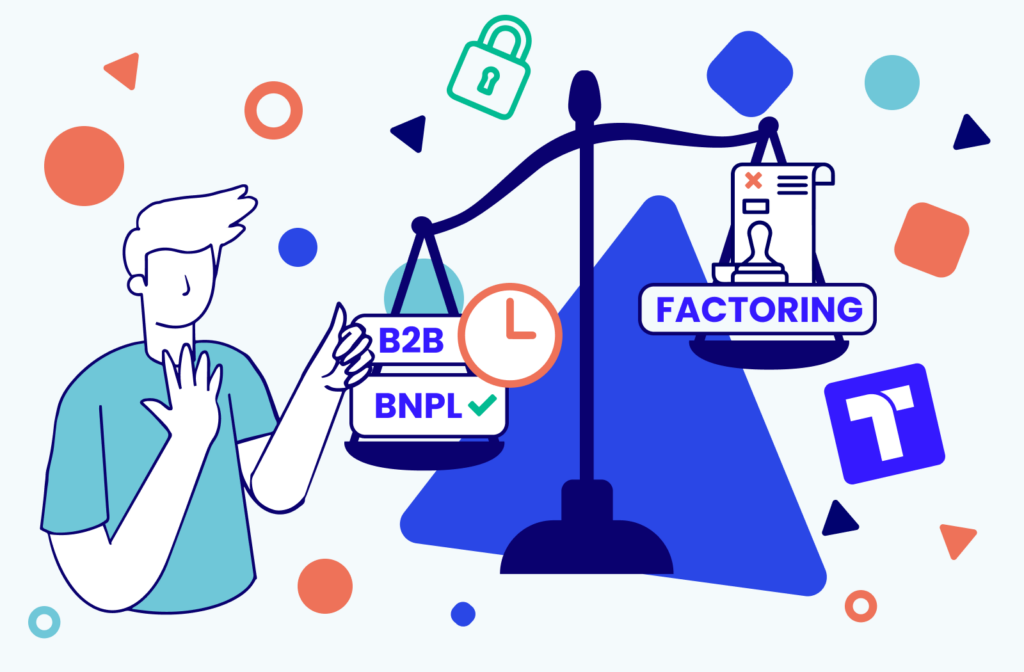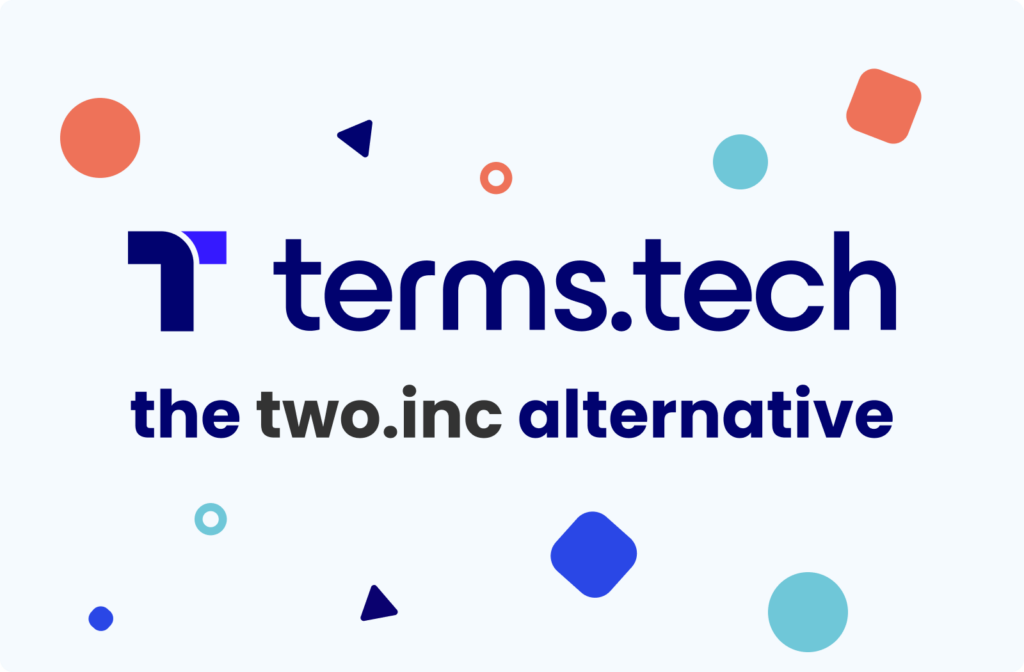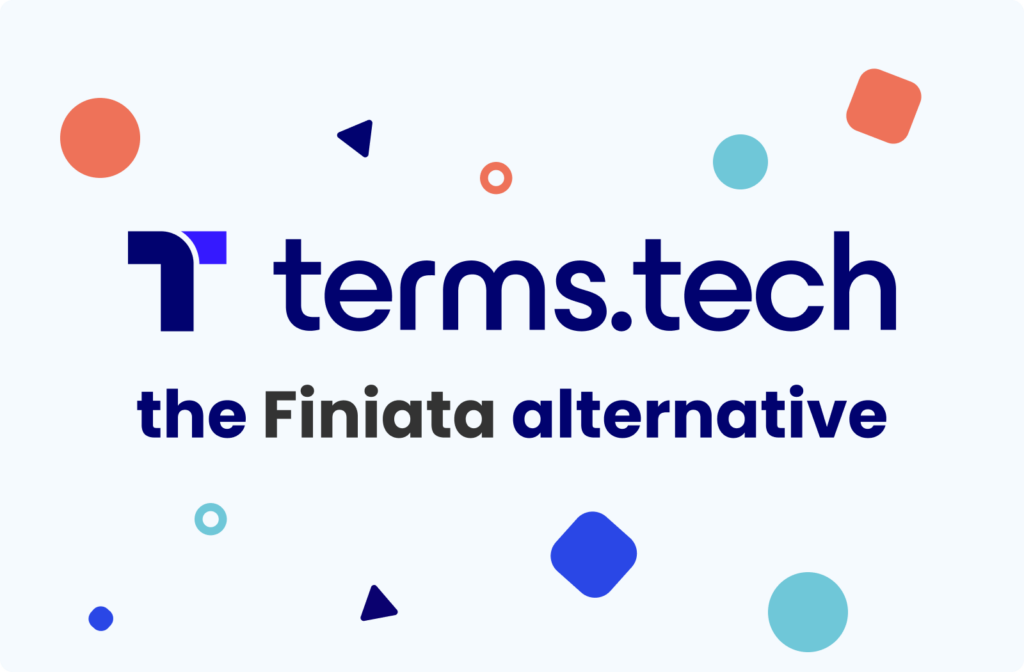
The European retail industry plays a crucial role in the continent’s economy. The sector is characterised by its diversity, ranging from small family-run shops to large multinational chains.
According to the European Commission, “Retail is the largest industrial ecosystem.” Did you know that it accounts for [1]:
- 11.5% of EU value added?
- employment of nearly 30 million people (i.e. the EU economy’s largest private employer)?
- 5.5 million companies; fun fact: 99% are SMEs?
Businesses in this sector are increasingly adopting digital technologies. Why? They need to meet the changing demands of consumers, enhance operational efficiency, and stay competitive. Sustainability is also a key focus, as both regulators and consumers demand environmentally friendly practices, even all the way down to packaging! The twin transition is full speed ahead and retail plays a big role!
Despite advancements, the industry faces challenges, particularly in managing cash flow and financial stability. Operational costs, supply chain disruptions, and economic uncertainties have made it essential to explore innovative financial solutions.
B2B Buy Now, Pay Later (BNPL) is emerging as a viable option to address these challenges. It more effectively provides flexibility to manage finances to retailers, their foundational merchant base (i.e. their suppliers), and B2B marketplaces aimed at supplying them. The missing working capital puzzle pieces in the B2B2C chain are payment terms via B2B BNPL.
How does the retail industry’s financial health look?
Mixed. While some segments, particularly online, are thriving, others are facing challenges due to rising costs and economic uncertainties. Many are navigating these challenges by optimising their operations and exploring innovative financing options to maintain liquidity and support growth [2] [3].
Financial Statistics for the European Retail Industry in 2024
Let’s look at some eye-opening stats:
Market Size and Growth
The European market size was EUR 4.28 trillion in 2023 and is expected to grow at a CAGR of more than 3% during 2023-2028. Global Data says, “The key sectors in the European retail market are clothing & footwear, electricals, food & grocery, health & beauty, home” [4].
Sales Growth
Retail sales in Europe are forecast to grow modestly in 2024, with projections indicating a growth rate of approximately 1.3% [5]. This growth is driven by both online and offline channels.
E-commerce Growth
Online sales are expected to continue growing at a robust pace, with an average annual growth rate of 14% across Europe between 2021 and 2025. Spain and Italy are forecasted to see the highest growth rates at 19% and 17%, respectively [6].
Sector Dominance
The food and grocery sector accounted for the highest share of sales in 2023 and is expected to remain dominant in 2024. This sector is projected to be least affected by economic downturns due to its essential nature [4] [6].
Consumer Spending Trends
Despite easing inflation, household finances are not expected to recover to pre-pandemic levels in 2024. The average real income increase is projected to remain below 1%, impacting consumer spending capabilities [7]. This could cause revenue and cash flow strain on retailers.
Investment Resilience
Retail investment in Europe has been resilient. In Q3 2022, this reached €7.3 billion, showing robustness compared to other sectors. The total volume since the beginning of 2022 was €26.9 billion, 25% higher than the same period in 2021 [6].
What are the common payment methods used?
Payments between companies (B2B transactions) commonly involve bank transfers, credit terms, bank loans, payment from one’s own treasury, and trade credits. Undoubtedly, these traditional methods can be slow and inflexible.
On the other hand, the rise of digital B2B BNPL solutions is providing more flexibility and improving cash flow management for businesses, enabling them to defer payments without compromising their supply chain operations [3].
What is the typical Days Sales Outstanding (DSO) for B2B transactions in retail?
The typical Days Sales Outstanding (DSO) time for B2B transactions supplying the retail industry can vary significantly depending on the market and the specific terms agreed upon. With the adoption of B2B BNPL solutions, companies supplying retailers reduce DSO times and improve cash flow and financial stability.
How are European retailers responding to the rise of BNPL?
European businesses are increasingly embracing BNPL solutions as a way to boost their own sales and improve customer satisfaction. By offering flexible payment options, they can attract more customers and increase their purchasing power. This trend is particularly noticeable in markets like Germany, the UK, and France, where BNPL adoption is rapidly growing [2] [3].
It seems only natural that as retailers turn to offering B2C BNPL to their customers, those same companies could benefit from the payment terms provided by B2B BNPL solutions.
What challenges do SMEs face in terms of cash flow management?
SMEs often operate on thin margins and face significant cash flow challenges. These challenges are exacerbated by the need to pay suppliers promptly while waiting for customers to pay their invoices. B2B BNPL solutions can provide the necessary liquidity to manage their operations more effectively and avoid disruptions.
In a 2023 report on BNPL in Europe, Globe Newswire proposes this: “As central bank accounts hike interest rates, access to capital through traditional is expected to become costlier for small and medium-sized businesses. This will keep driving SMEs toward B2B BNPL providers, thereby supporting the growth of the industry from the short to medium-term perspective in Europe” [8].
And, we agree! But now, even as interest rates may start to fall, we believe SMEs will continue to need access to trade finance that banks and traditional methods may not provide.
How can Terms.Tech’s B2B BNPL payment terms help finance companies in the retail industry?
Terms.Tech offers B2B BNPL solutions designed to provide flexible and deferred payment terms to improve their cash flow management. Merchants and marketplaces supplying the retailers with their goods get the opportunity to be paid upfront: lower DSO and have a healthier cash flow. And, by enabling buyers to defer payments, Terms.Tech helps businesses maintain liquidity and invest in growth opportunities without compromising their financial health.
This innovative approach to financing can be particularly beneficial for SMEs facing cash flow challenges, enabling them to thrive in a competitive market. Using an embedded finance solution such as Terms.Tech also helps achieve the EU’s twin transition vision. As the EC says, “Companies pursuing sustainability and digitalisation are more likely to be among tomorrow’s leaders” [9].
For more information on how Terms.Tech can support your business, get in touch with our payments experts.
Sources
1 – European Commission’s “Retail”
2 – Satchel “Key trends in the European BNPL market”
3 – PYMNTS “Demand for flexible B2B payments fuels EU BNPL growth”
4 – Global Data “Europe Retail Market Review by Sector, Country and Consumer Insights, Q2 2024 Update”
5 – Retail Research “Retail Forecast 2023-2024”
6 – Savilis “Spotlight: European Retail – Fair pricing in 2023”
7 – Retail Economics “Retail and Leisure Outlook Report 2024”
8 – Globe Newswire “Europe Buy Now Pay Later Business Report 2023”
9 – European Commission’s “European industrial strategy”



